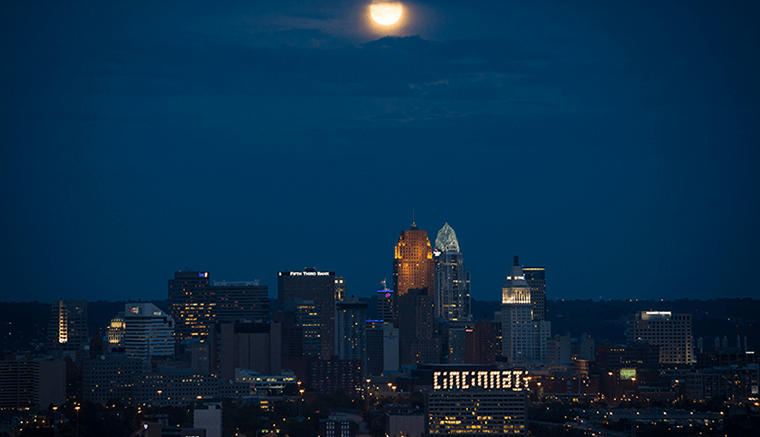Blue moons are an additional full moon that appears in a subdivision of a year: either the third of four full moons in a season, or a second full moon in a month of the common calendar.
The phrase in modern usage has nothing to do with the actual color of the Moon, although a visually blue Moon may occur under certain atmospheric conditions. When that does happen, one would see the Moon appearing with a bluish tinge.
The earliest recorded English usage of the term blue moon is found in an anti-clerical pamphlet by two converted Greenwich friars, William Roy and Jerome Barlow, published in 1528 under the title Rede me and be nott wrothe, for I say no thynge but trothe. [1]
There are 2 types of Blue Moons, the first meaning the third full moon in a season of four full moons, but referenced to astronomical rather than equal seasons. The second type of blue moon is when 2 full moons fall within 1 calendar month in the Gregorian calendar, which is only possible because of timezones. Although it is possible for Lunar Eclipses to be blue moons, the two lunar phenomena are not actually related in any way.
In popular culture throughout the ages, there have been products, such as a popular beverage company, as well as song, music, and movies that have included ‘Blue Moon’ in their title to some degree or another. The use of this though ebbs and flows throughout the ages, with artists not recently using the astronomical phenomena to title their works of art.
Sources
[1] = John Schott Print From Strasburg in 1528.

Leave a comment